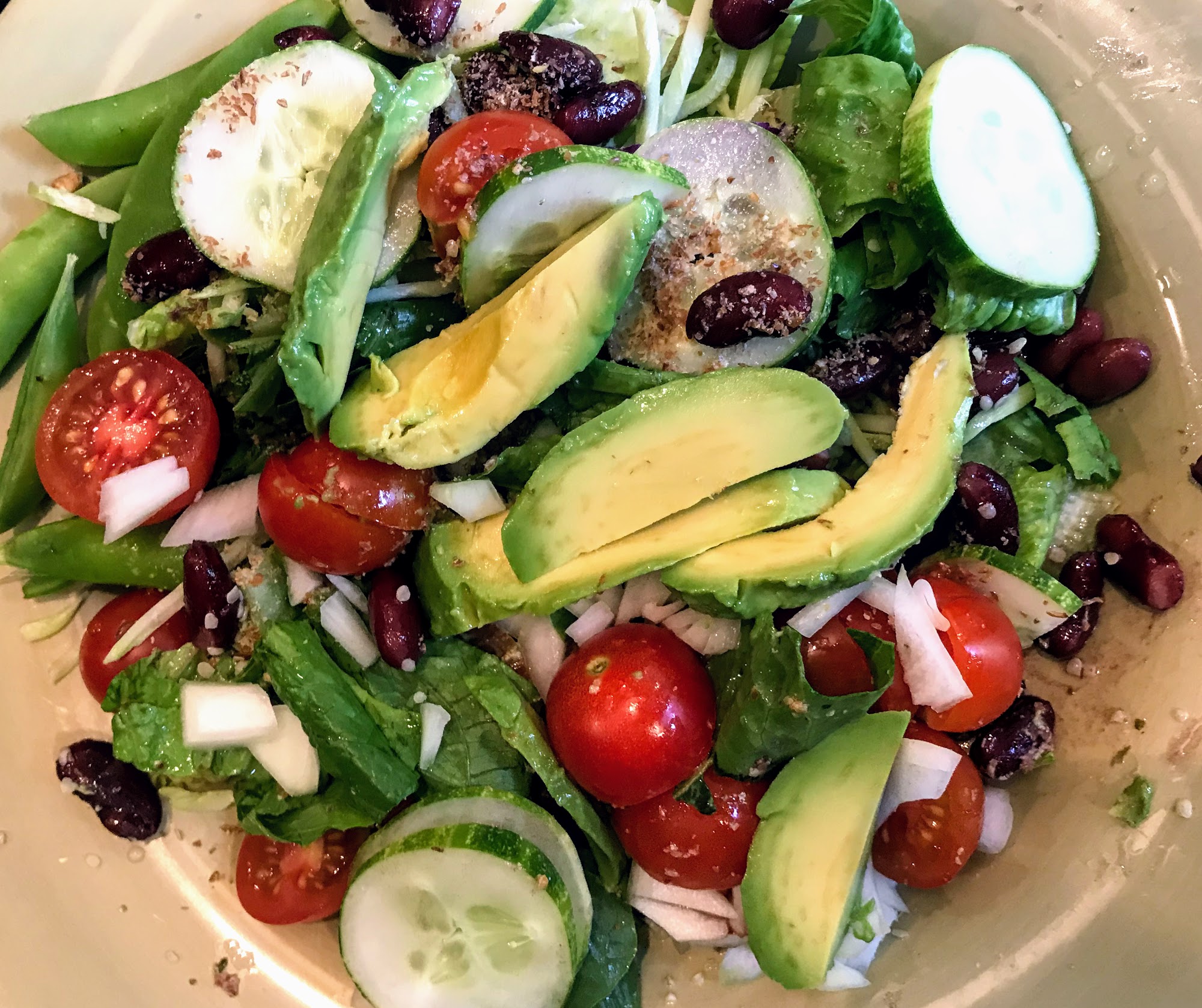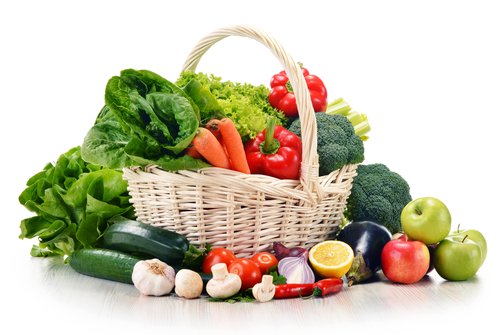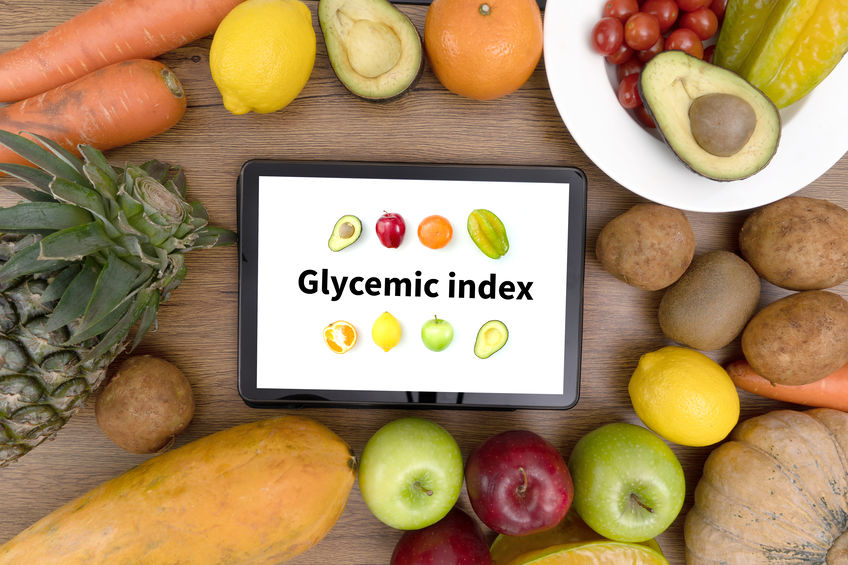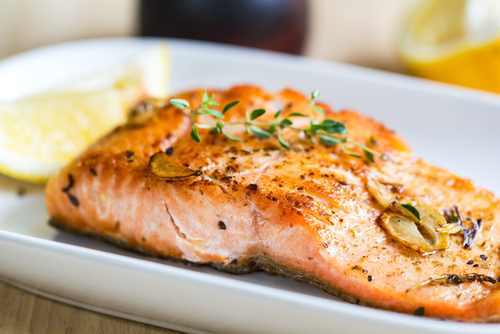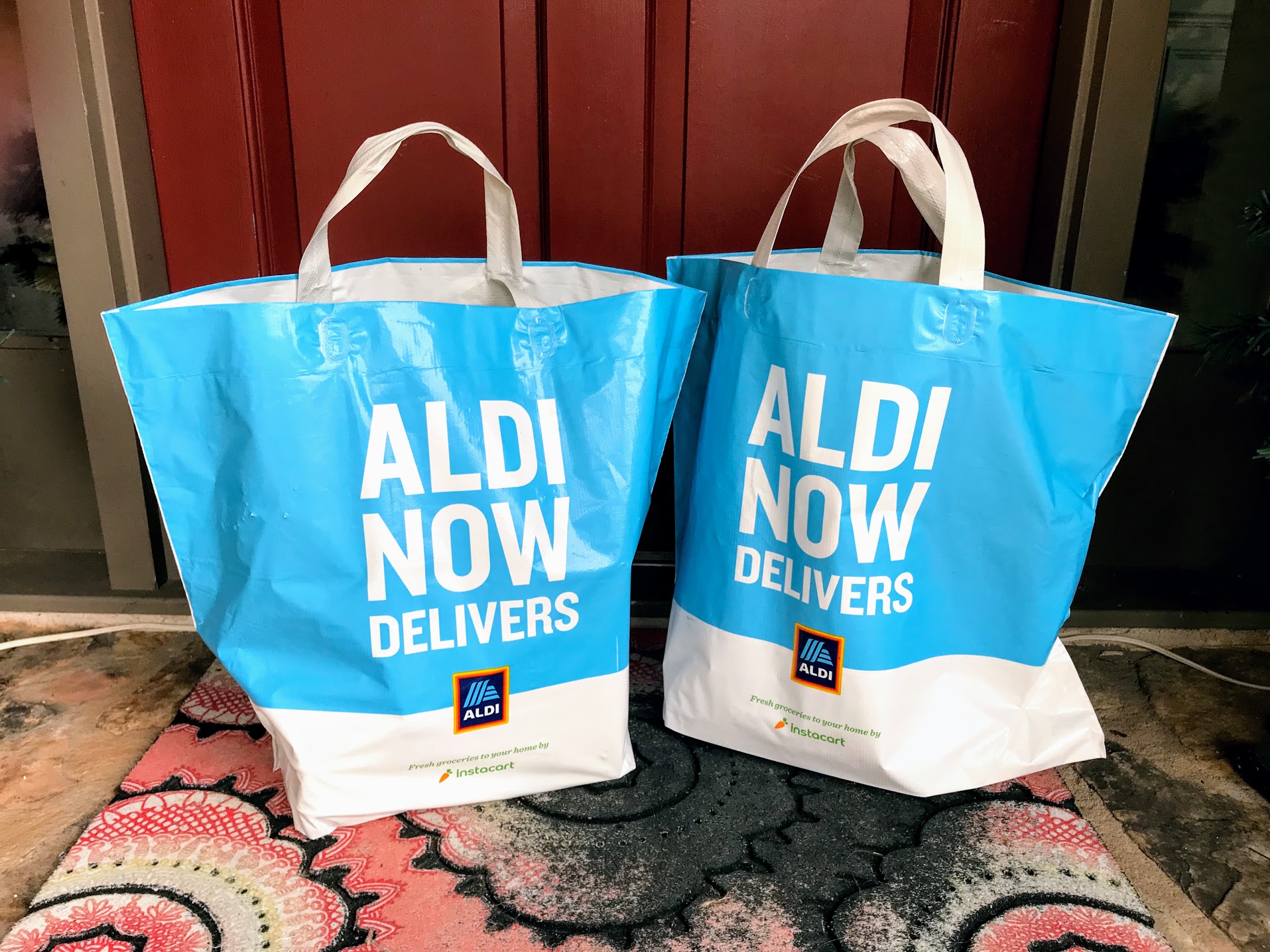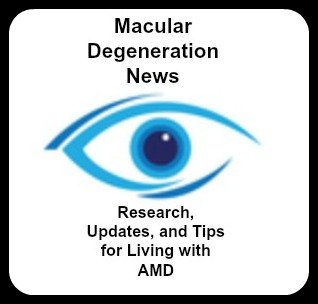Macular Degeneration Diet
A macular degeneration diet includes foods high in antioxidants, healthy fats and foods high in omega 3's.
This diet may require some changes in your eating habits - but it will be worth it. Start by making a small change in just one area. Perhaps it will be to substitute a piece of fruit for a piece of cake or home cooked wild caught salmon instead of a fast food hamburger.
According to Lylas G. Mogk, M. D. director of the Visual Rehabilitation and Research Center of Michigan, "Even if you already have macular degeneration , you may be able to slow its progress by the choices you make in the grocery store."
Some links in the following sections are eBay or Amazon affiliate links, which means that if you purchase a product through them I receive a small commission. There is no extra cost to you. Find more details on this page.
Ocular Nutrition
Never underestimate the power of good nutrition to give our body what it needs to heal and repair itself.
The good news is that there is an increasing awareness of the importance of eating fresh fruits and vegetables, low glycemic carbohydrates, and foods high in omega 3.
Dr. Michael Samuel, a macular degeneration specialist, writes in his book, Macular Degeneration: A Complete Guide for Patients and Their Families,
"Early dry AMD can be prevented, slowed or even reversed with diet and lifestyle changes."
Foods High in Lutein and Zeaxanthin
Lutein is a powerful antioxidant that is found in the macula. Studies show that foods high lutein help to build the macular pigment which helps to protect our eyes. The only way to take advantage of the antioxidant benefit of this carotenoid is by eating foods that are rich in lutein or through supplementation because the body cannot make it.
Actually this antioxidant is found in a wide variety of fruits and vegetables, but egg yolks seem to be the best source because they are more bioavailable and better absorbed by the body.
Yellow plant pigments commonly found in yellow and dark green, leafy vegetables may reduce the risk of macular degeneration (AMD), according to a study reported in the September 2007 issue of Archives of Ophthalmology.
Foods High in Lutein and ZeaxanthinAvoid Processed Foods
Processed foods have a high concentration of inflammatory oils as well as sugar.
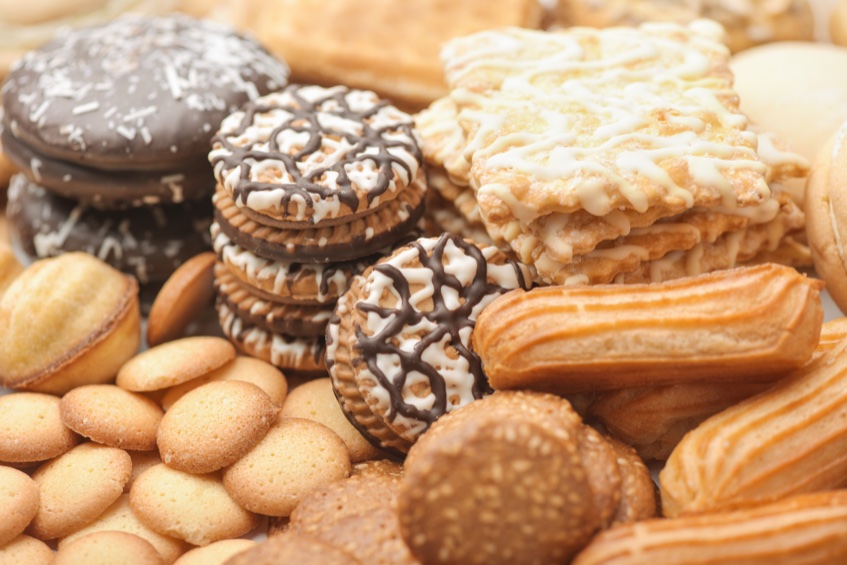
Ophthalmologist Chris A. Knobbe, MD the author of Ancestral Dietary Strategy to Prevent and Treat Macular Degeneration writes "By 2009, 63 percent of U.S. food consumption was made up of processed, nutrient-deficient, potentially toxic foods, that is, consisting of refined grains (mostly refined wheat flour), vegetable oils, trans-fats, and sugar."
Low Glycemic Carbs for a Macular Degeneration Diet
Allen Taylor, PhD, director of the Laboratory for Nutrition and Vision Research at the Jean Mayer USDA Human Nutrition Research Center on Aging (HNRCA) at Tufts University, examined the eyes of more than 500 women between 53 and 73 years of age.
Taylor, who is also a nutrition, ophthalmology and biochemistry professor on the Tufts health sciences campus in Boston stated
"The likelihood of having abnormalities characteristic of AMD on eye exam more than doubled for women who consumed diets with the highest glycemic index, regardless of other factors already known or suspected to increase the risk of AMD, such as age, high blood pressure, cigarette smoking, and obesity."
In other words the type of carbohydrate that we eat does matter in a macular degeneration diet. If glycemic index is a new word or concept for you I suggest that you read Sugar Busters! Quick & Easy Cookbook . You may also go to www.glycemicindex.com for a complete listing.
In a nutshell, foods that cause our blood sugar to spike which then results in an increase secretion of insulin, are harmful to our health and to our vision.
Foods High in Omega 3
Thanks to the low fat craze there is a lot of misinformed people - I was one of them. My thought was there is no such thing as a good fat.
However, it is important to know two things when it comes to eating the right fats for a macular degeneration diet.

√ What fats are healthy and good for you and
√ What is the right ratio
Most of you know that we need to avoid trans fats. But did you know that according to a 2001 Harvard study, that people whose diets had the right ratio (3:1) of omega-3 to omega-6 fatty acids had less macular degeneration than those whose diets were out of balance?
It is very important to include oily fish in your macular degeneration diet to get more omega-3s. What this means for you is that we get much more omega-6 fatty acids in our diet and very little omega-3 fatty acids.
Yet omega-3 provides critical protection to our retinas.So, how does one get the right ratio of fats in a macular degeneration diet? So, what are the right oils and how can eating the right oils help prevent macular degeneration ? One of the best sources of the right fat is in cold water fish. Examples of cold water fish are:
√ salmon
√ makerel
√ herring
√ sardine
√ tuna
Because of the many toxins in the farmed and Atlantic versions of salmon, it is recommended that you eat wild Alaskan salmon. Foods High in Omega 3
Protein for a Macular Degeneration Diet
Many essential vitamins and minerals are found in meat and nuts, like vitamin B6, B12 and zinc. Meat that is high in fat of course is damaging to our health.
Macular Degeneration Research News: Summer 2019 reports:
"A large clinical trial in Australia found that people who ate more red meat had a higher risk for macular degeneration. One possible reason: high iron levels. 'When we eat red meat, 50 percent of the iron gets absorbed because of the form that it’s in. That can overload our bodies,' says Joshua Dunaief, MD, PhD, at the University of Pennsylvania. He recommends limiting red meat consumption to once a week or less. Although other foods contain a lot of iron—like spinach—it’s in a form not readily absorbed by the body."
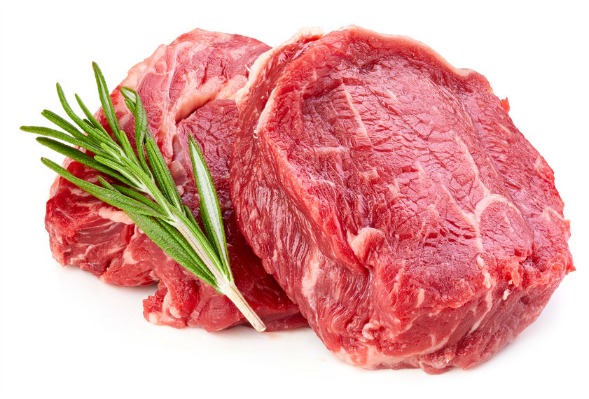
Foods to Avoid are:
√ Roasted and Salted nuts
√ Fried Chicken
√ Limit Red Meat to less than 3 times per month - and eat only lean and organic cuts
Foods to Include are:√ Eggs
√ Chicken
√ Turkey
√ Cold water fish such as salmon, cod, or haddock
If you are just beginning with a macular degeneration diet, the best way to start is by making changes slowly. Make a decision in one area and stick to it for a couple of weeks and then make another change. Choose to incorporate foods that are most appealing and get rid of the foods in your cupboard that are harmful and tempting.
Antioxidant Rich Foods Contribute to a Macular Degeneration Diet
Antioxidant rich foods provide protection from free radical damage. Free radicals damage our bodies at the cellular level.
Antioxidants help keep our bodies in oxidative balance so there is less damage to the cell membrane and the DNA. Free radical damage is a key player in aging and in many degenerative diseases like macular degeneration.
The benefits of antioxidant rich foods are many. Find out how the macula especially benefits from these types of foods:
On Line Grocery Shopping
On line grocery shopping is a great way to keep stocked up on healthy foods in your kitchen. There are many benefits to trying some of these services like Thrive Market, InstaCart or Shipt.
Besides being convenient, shopping on line can be less frustrating than trying to find a certain item in the store. If transportation is a problem, you no longer have to rely on someone else to get you to or from the store.
I've used several different on line grocery shopping services and can tell you about them here:
On Line Grocery Shopping Options for Fresh and Frozen Food or Unperishable Foods
Due to many factors, such as the way our food is processed, nutrients depleted from the soil, and harvesting food before they are ripe, much of our food does not contain the vitamins and minerals that they did years ago.
Although it is preferable to get your vitamins and minerals from a good diet, it may not be possible to get all that we need without supplementing with vitamins for macular degeneration. Making healthy changes in one's diet reaps many rewards. Everyone is different. I've known people and patients who have had a big wake-up call due to a health crisis and instantly changed their eating habits. Other's find that making one small change for several weeks before implementing another works well for them.
Go from Macular Degeneration Diet to WebRN Macular Degeneration Home
√ Prevention of Macular Degeneration?
√ Tips for Daily Living?
√ Food Suggestions for a Macular Degeneration Diet?
√ Ideas on Visual Aids to Maximize your Sight?
If you said "yes" to any of the above, sign up for the monthly Macular Degeneration News.
